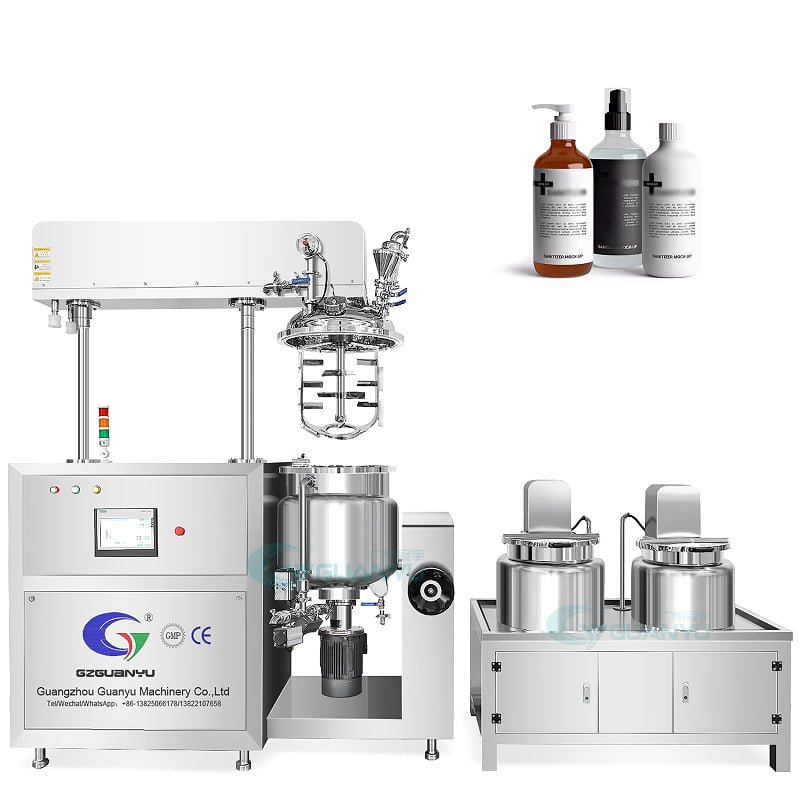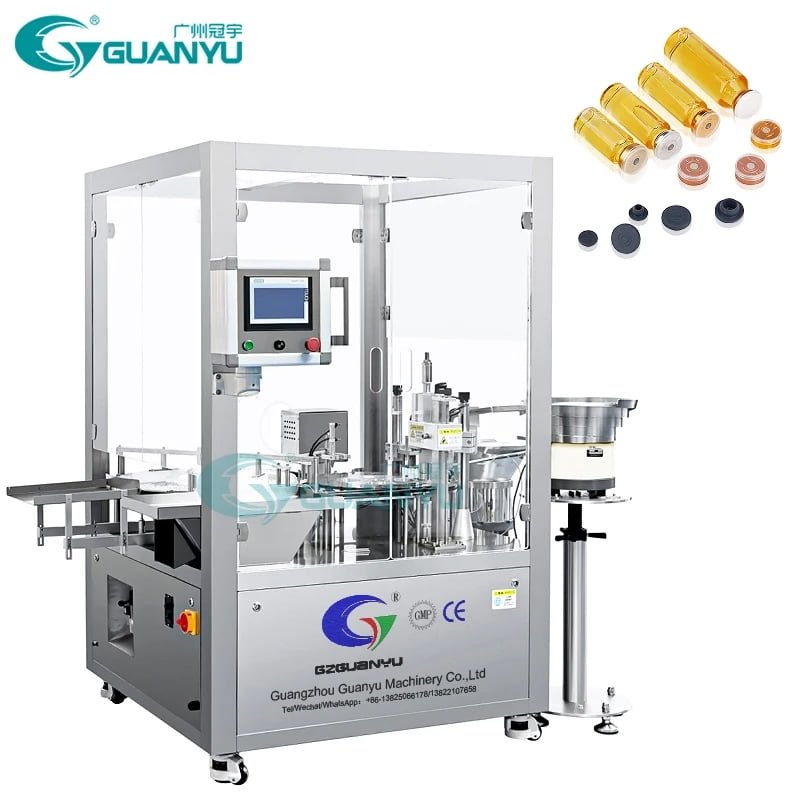了解功能: 搅拌 混合锅与. 乳化剂
混合锅和乳化搅拌机, 虽然看似相似, 在各个行业中提供不同的目的. 混合罐主要用于通过机械搅拌结合成分. 这种多功能设备可以处理各种材料,例如液体, 粉末, 和固体, 使其成为烹饪中必不可少的工具, 化学, 和工业应用. 混合锅的主要功能是创建均匀的混合物, 确保所有组件在整个最终产品中均匀分布. 例如, 在烹饪世界, 搅拌锅可用于结合调味料的成分, 面糊, 或面团, 在工业环境中, 它可以用来融合制造过程的原材料.


另一方面, 乳化搅拌机的专门设计用于混合不混溶的液体, 例如油和水, 稳定的乳液. 乳化混合器的作用在创建稳定的过程中至关重要, 均匀的混合物是必不可少的. 这在粮食生产中尤其重要, 药品, 和化妆品. 例如, 在粮食生产中, 乳化剂用于创建诸如蛋黄酱之类的产品, 沙拉敷料, 和冰淇淋, 在稳定的油和水的稳定混合物是最终产品质地和一致性的关键的地方. 在药品中, 乳化剂有助于制定面霜, 确保活性成分均匀分布. 相似地, 在化妆品行业, 乳化机对生产需要稳定的油和水相结合的乳液和面霜至关重要.
了解混合锅和乳化剂的独特作用有助于确定适合特定应用的设备. 搅拌锅在结合一系列材料方面具有多功能性, 乳化剂提供了创建稳定乳液的专业能力, 对于某些工业和消费产品至关重要. 通过认识这些差异, 客户可以根据其特定需求和与之合作的材料的性质做出明智的决定.
在 混合罐和乳化剂
在混合锅和乳化剂之间选择时, 了解生产过程的特定要求至关重要. 正在处理的材料的性质和所需的最终产品在此决定中起着至关重要的作用. 如果目标是结合已经混乱的成分, 例如水和糖, 搅拌锅通常足够. 混合锅设计为将自然混合在一起的物质混合在一起,而无需额外的机械干预. 对于某些应用, 例如包装解决方案, 考虑使用 wellfa反驳小袋 为了获得最佳结果.


另一方面, 如果您的目标是创建稳定的不混溶液体, 例如油和水, 乳化器是必要的. 乳化剂是专门的设备,旨在通过分解颗粒并确保稳定的混合物来创建均匀混合物. 这使得它们对于诸如粮食生产等行业必不可少, 化妆品, 和药品, 产品一致性和稳定性至关重要的地方.
要考虑的另一个关键因素是生产规模. 用于小型操作或批次, 混合容器可能更具成本效益,更易于维护. 然而, 对于需要精确的一致性和稳定性的大规模生产, 乳化剂通常是更好的选择. 乳化剂有能力处理较大的量,并为维持产品质量提供一致的结果.
特定于行业的法规和标准在决策过程中也起着重要作用. 某些行业可能对产品一致性和稳定性有严格的要求, 需要使用乳化器. 必须意识到这些标准,以确保合规性并避免潜在的法律问题.
成本和维护要求也是至关重要的考虑因素. 混合锅通常具有较低的初始成本和更简单的维护需求, 使它们成为较小业务或预算有限的人的吸引人选择. 乳化剂, 虽然更昂贵和复杂, 在产品质量和一致性方面提供长期利益, 这可以证明他们对大型企业的更高投资和维护成本合理.
做出明智的决定, 评估您的特定需求, 考虑材料的性质, 生产量表, 行业标准, 和预算限制. 这样做, 您可以选择最合适的设备, 确保生产过程的最佳结果.


你的观点引起了我的注意并且非常有趣. 谢谢. 我有个问题想问你.